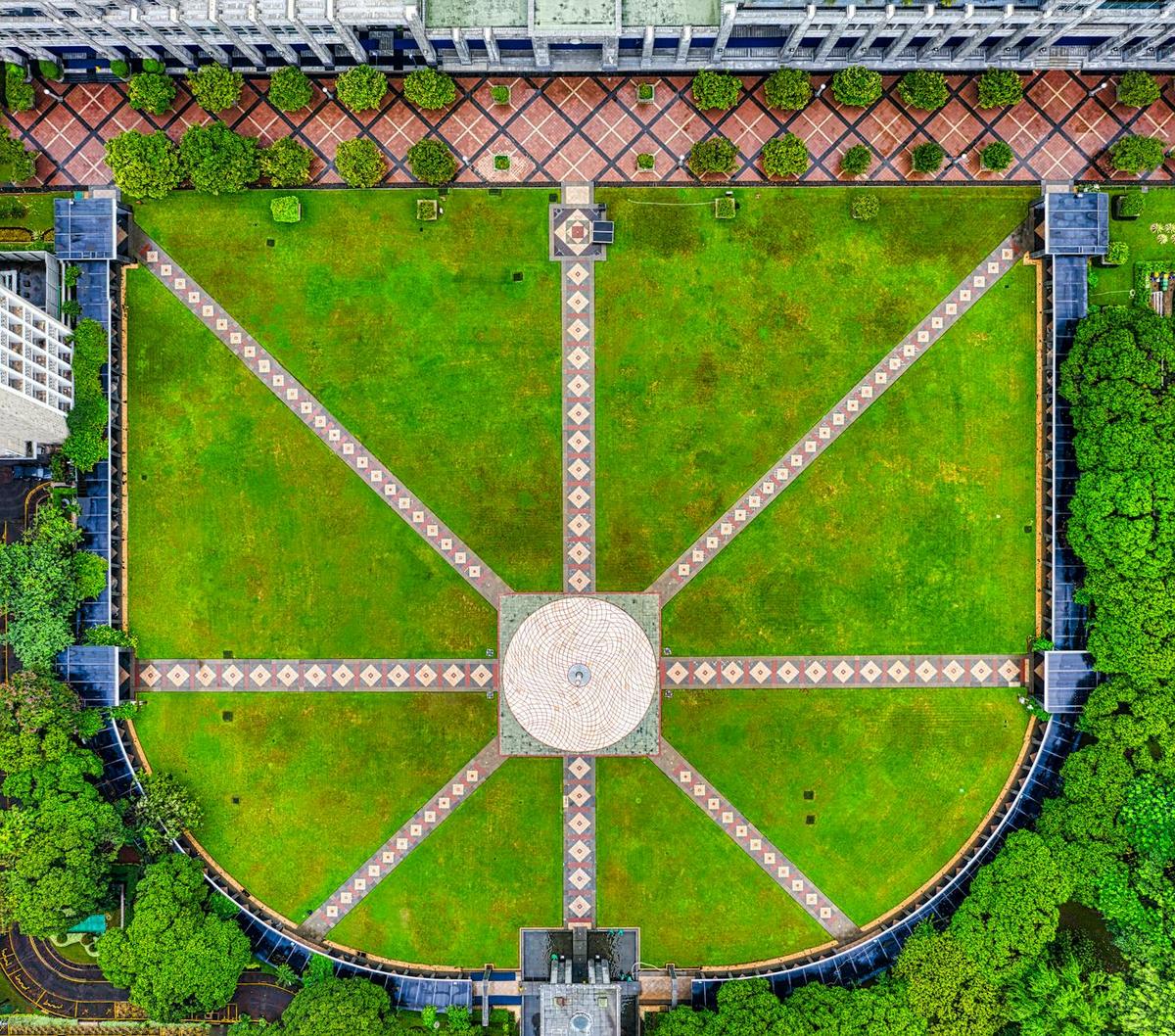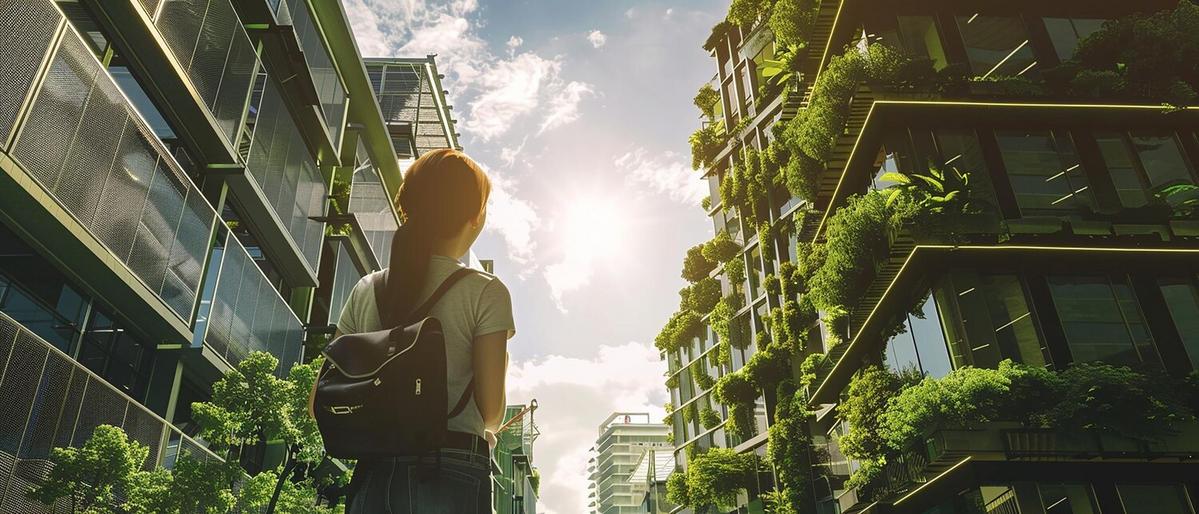
How Green Building Practices Are Transforming Real Estate
As the real estate landscape evolves, green building practices are at the forefront, revolutionizing the industry with a focus on sustainability and efficiency.
Green building practices are transforming real estate by incorporating sustainable materials, energy-efficient systems, and innovative designs. These practices not only enhance the environmental footprint of buildings but also offer economic benefits. According to the World Green Building Council, green buildings can reduce energy consumption by up to 30%, water usage by 50%, and carbon emissions by an impressive 35%, making them a valuable investment.
Why Green Building Matters
Environmental sustainability is no longer a niche concern. With climate change impacting global ecosystems, the real estate industry is stepping up to the challenge. Green buildings are designed to minimize environmental impact through the use of renewable resources, which significantly reduce waste and pollution.
Expert Opinions
“Green buildings are the future of real estate. They represent a shift towards a more sustainable and responsible approach to development,” says Michael Berger, a leading sustainability consultant.
Statistics and Research
A report by the International Energy Agency highlights that buildings are responsible for nearly 40% of global energy consumption. By adopting green building practices, the real estate sector can play a crucial role in reducing this figure.
Case Study: A Sustainable Development
Consider the development of a community in Portland that implemented solar panels and rainwater harvesting systems. Residents have reported a 40% decrease in utility bills, highlighting the economic advantages of sustainable living.
Actionable Tips for Implementing Green Practices
- Opt for sustainable materials like bamboo and recycled steel.
- Incorporate smart home technology to monitor and reduce energy use.
- Implement water-saving fixtures and landscaping techniques.
Consider a building performance audit to identify areas where energy efficiency can be improved.
Comparison of Traditional vs. Green Buildings
| Feature | Traditional Building | Green Building |
|---|---|---|
| Energy Efficiency | Moderate | High |
| Material Use | Conventional | Sustainable |
| Water Management | Basic | Advanced |
| Indoor Air Quality | Standard | Enhanced |
| Cost Savings | Minimal | Significant |
| Carbon Footprint | High | Low |
| Market Value | Stable | Increasing |
| Maintenance Cost | High | Lower |
Frequently Asked Questions
What are the benefits of green building?
Green buildings offer environmental benefits, reduce energy costs, and improve the market value of the properties.
How can I make my building more sustainable?
Incorporate energy-efficient systems, use sustainable materials, and manage water resources effectively.
Conclusion
Green building practices are reshaping the real estate sector, offering both environmental and economic benefits. By embracing these practices, developers and homeowners alike can contribute to a more sustainable future. As you plan your next real estate project, consider the long-term advantages of green building to not only enhance property value but also to promote a healthier planet.


